Happy 15 years, Pete Dye Course. You keep looking better and better with each passing year.
It's been 15 years since our Pete Dye Course at French Lick opened on April 24, 2009. You may know the accolades that poured in almost immediately. America's Best New Public Course (Golf Digest, 2009). National Course of the Year in 2017 (National Golf Course Owners Association). And #1 public course in Indiana for 14 consecutive years (Golfweek's "Best You Can Play"). But let's rewind to where it all began....
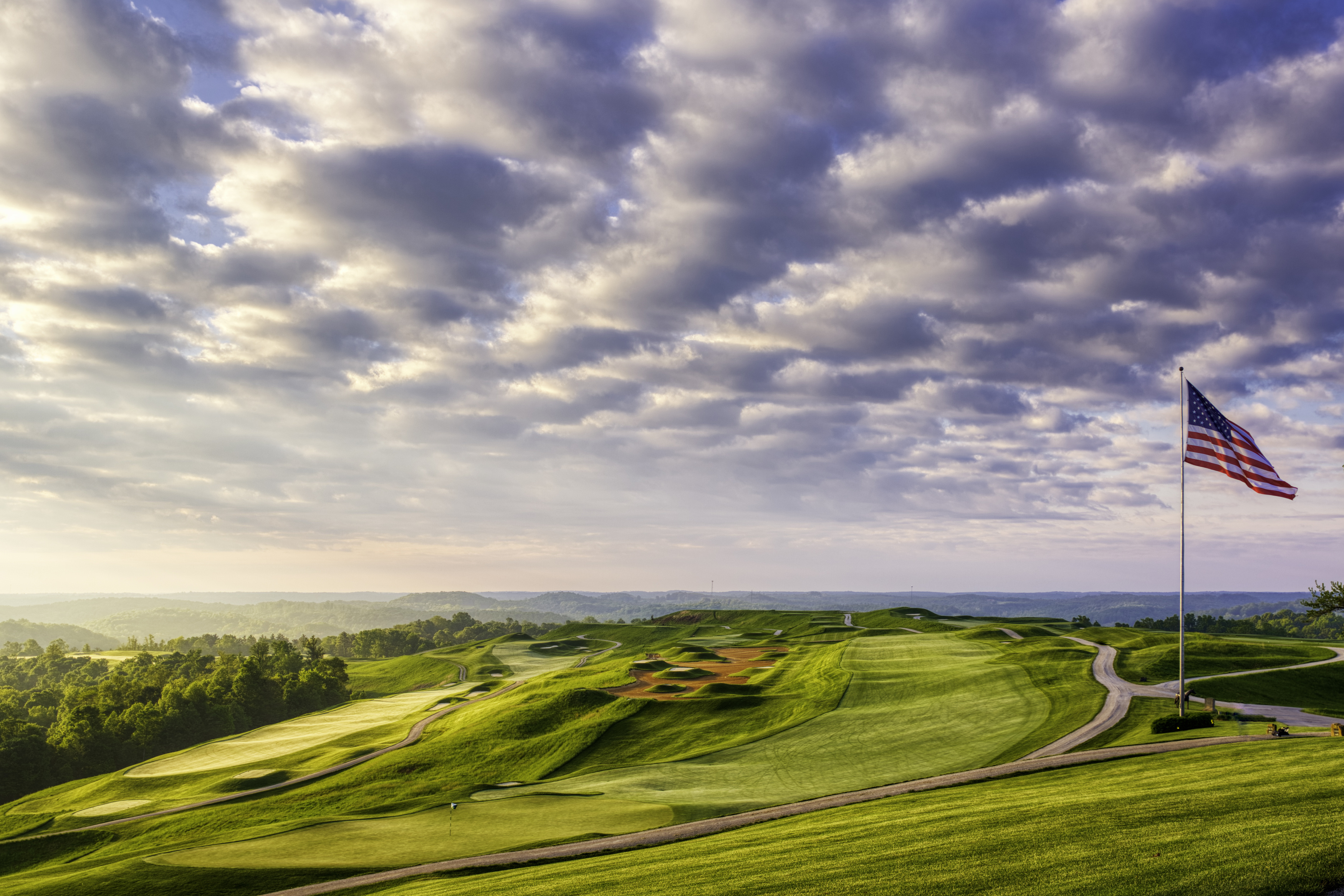
 During the multi-million-dollar restoration of French Lick Springs Hotel and West Baden Springs Hotel and formation of the new French Lick Resort, a second championship golf course was needed. Enter Pete Dye: Indiana native, and arguably the world's top golf architect.
During the multi-million-dollar restoration of French Lick Springs Hotel and West Baden Springs Hotel and formation of the new French Lick Resort, a second championship golf course was needed. Enter Pete Dye: Indiana native, and arguably the world's top golf architect.



![]() Dye visited the property in late 2005, walked the grounds of Mt. Airie and initially said building a course here was a no-go, due to the severity of the slopes and rugged terrain. But less than 24 hours later, Dye scheduled a second visit. He changed his mind and was determined to “build the course whether they want me to or not.” Additional visits followed, and during breakfast at a local restaurant, Dye sketched the only drawing of the course on a paper napkin — the start of one of the greatest modern courses in the world.
Dye visited the property in late 2005, walked the grounds of Mt. Airie and initially said building a course here was a no-go, due to the severity of the slopes and rugged terrain. But less than 24 hours later, Dye scheduled a second visit. He changed his mind and was determined to “build the course whether they want me to or not.” Additional visits followed, and during breakfast at a local restaurant, Dye sketched the only drawing of the course on a paper napkin — the start of one of the greatest modern courses in the world.
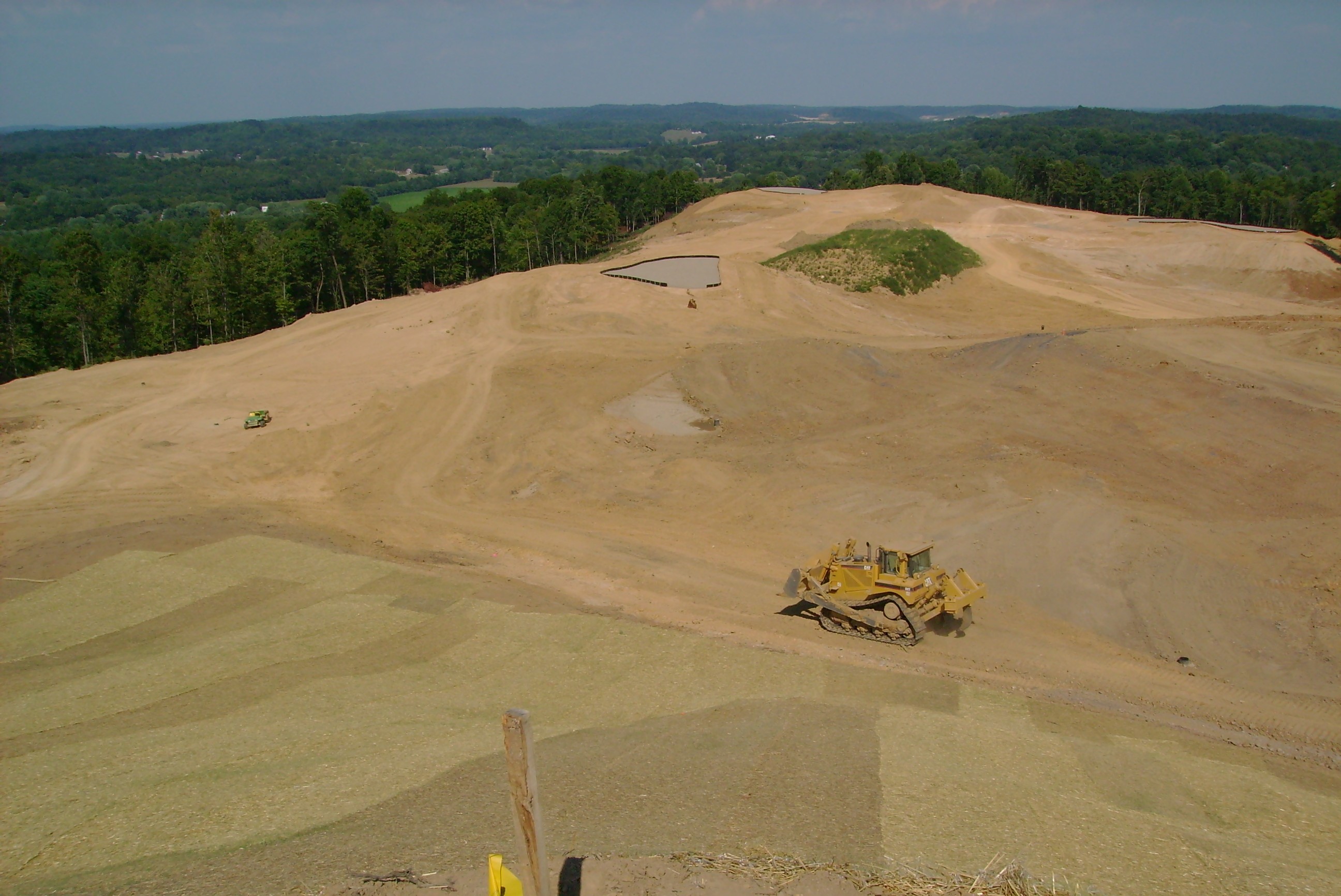

Dye built his course on a portion of the former upland course at West Baden Springs Hotel. There is almost a 400-foot rise from West Baden Springs (elevation 479 feet) to the peak of Mt. Airie (873 feet).
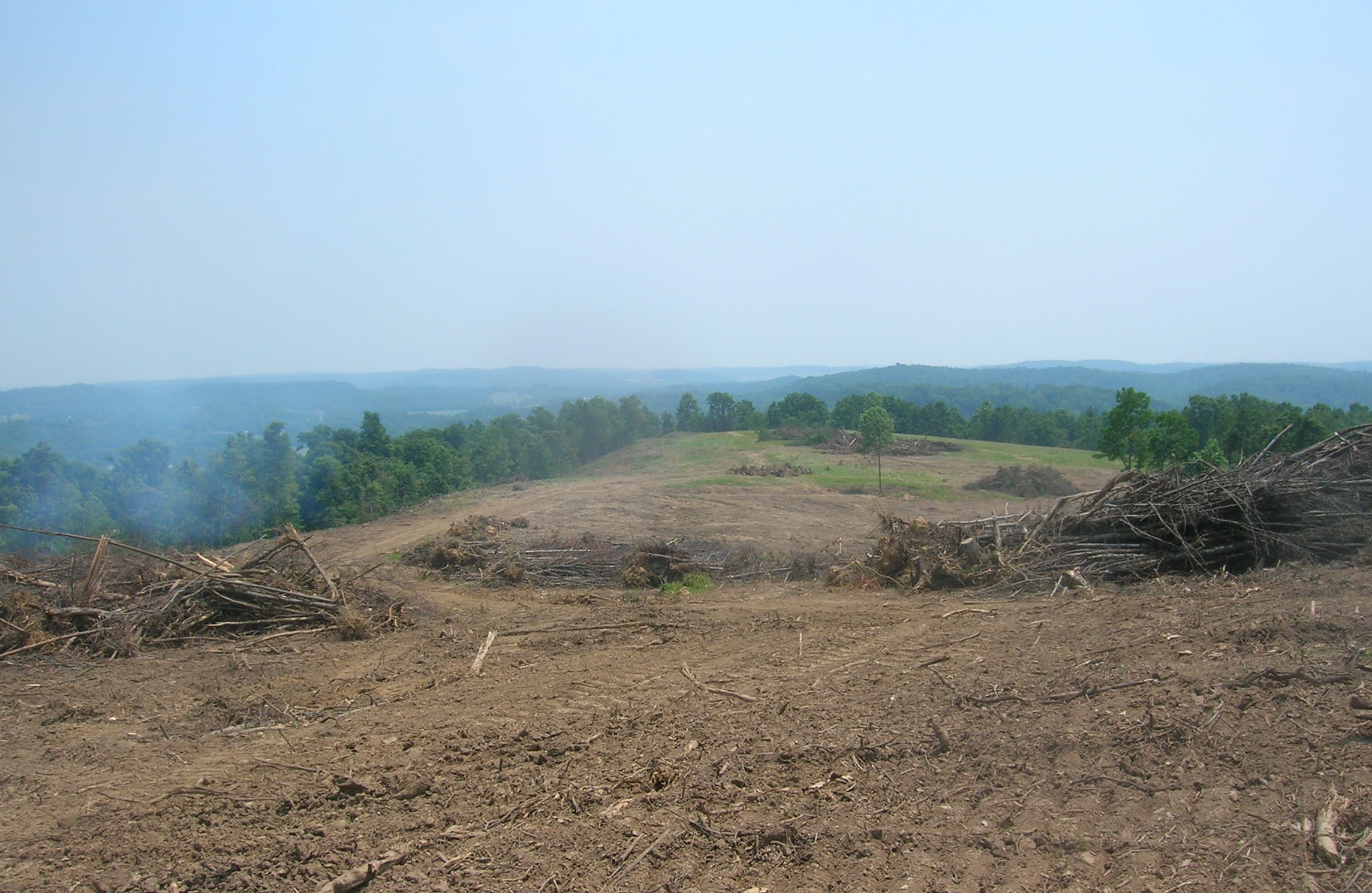
Prior to a golf course being here, this area was mostly undeveloped. Before a course could even be carved into this hilltop, significant portions of these 200 acres had to be cleared. (July 2006)
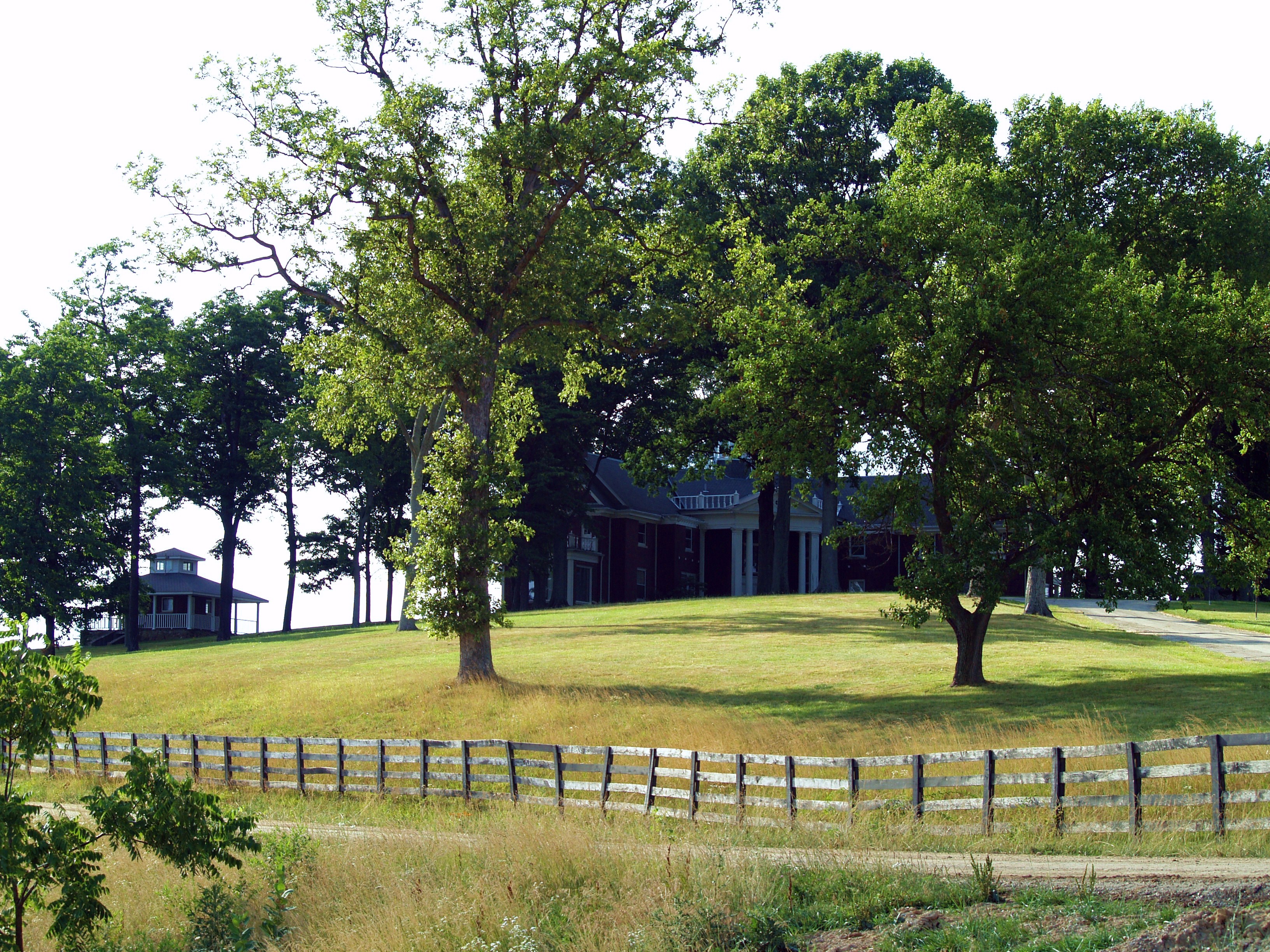
The one major existing structure here was the Taggart family mansion. Tom Taggart, the former owner of French Lick Springs Hotel, built the mansion for his son Thomas D. and his family in 1929 at a cost of $150,000. A view of the mansion and the golf course in the works, from both sides of the fence.
![]()
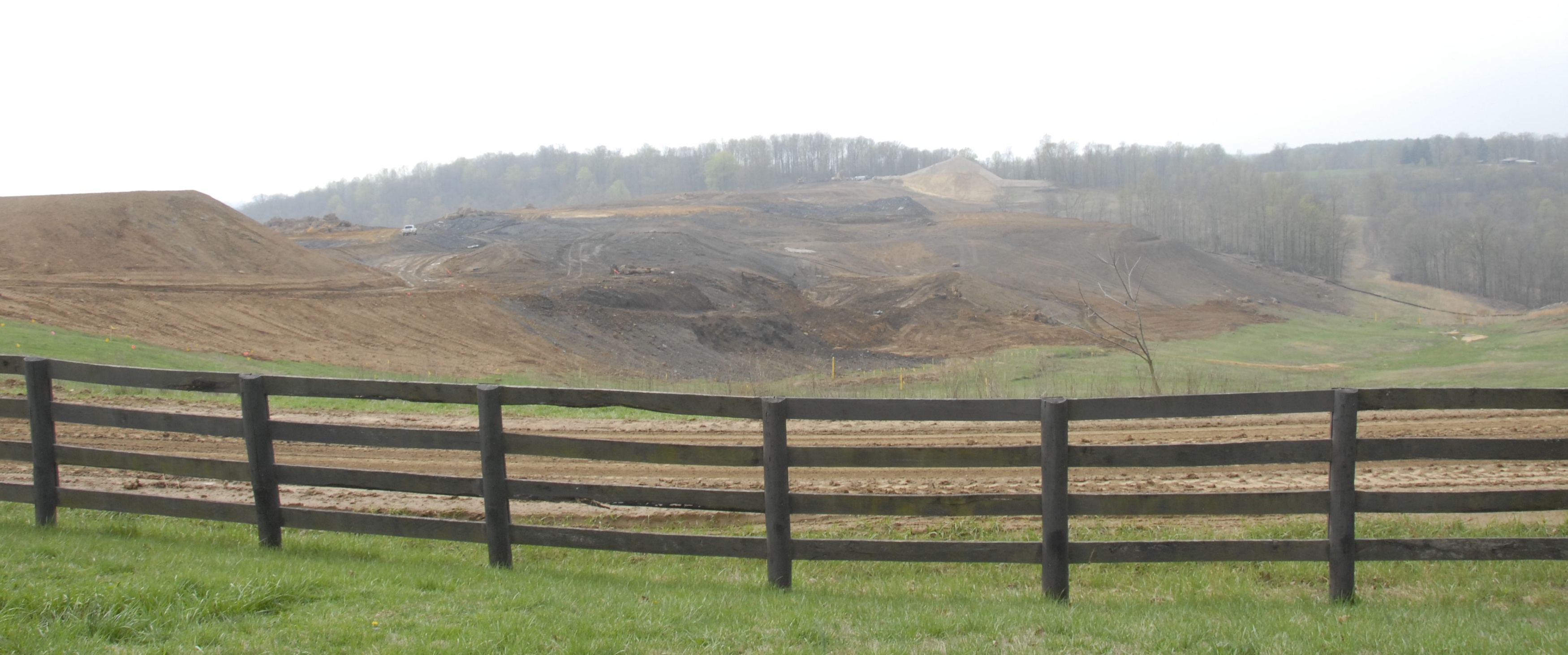
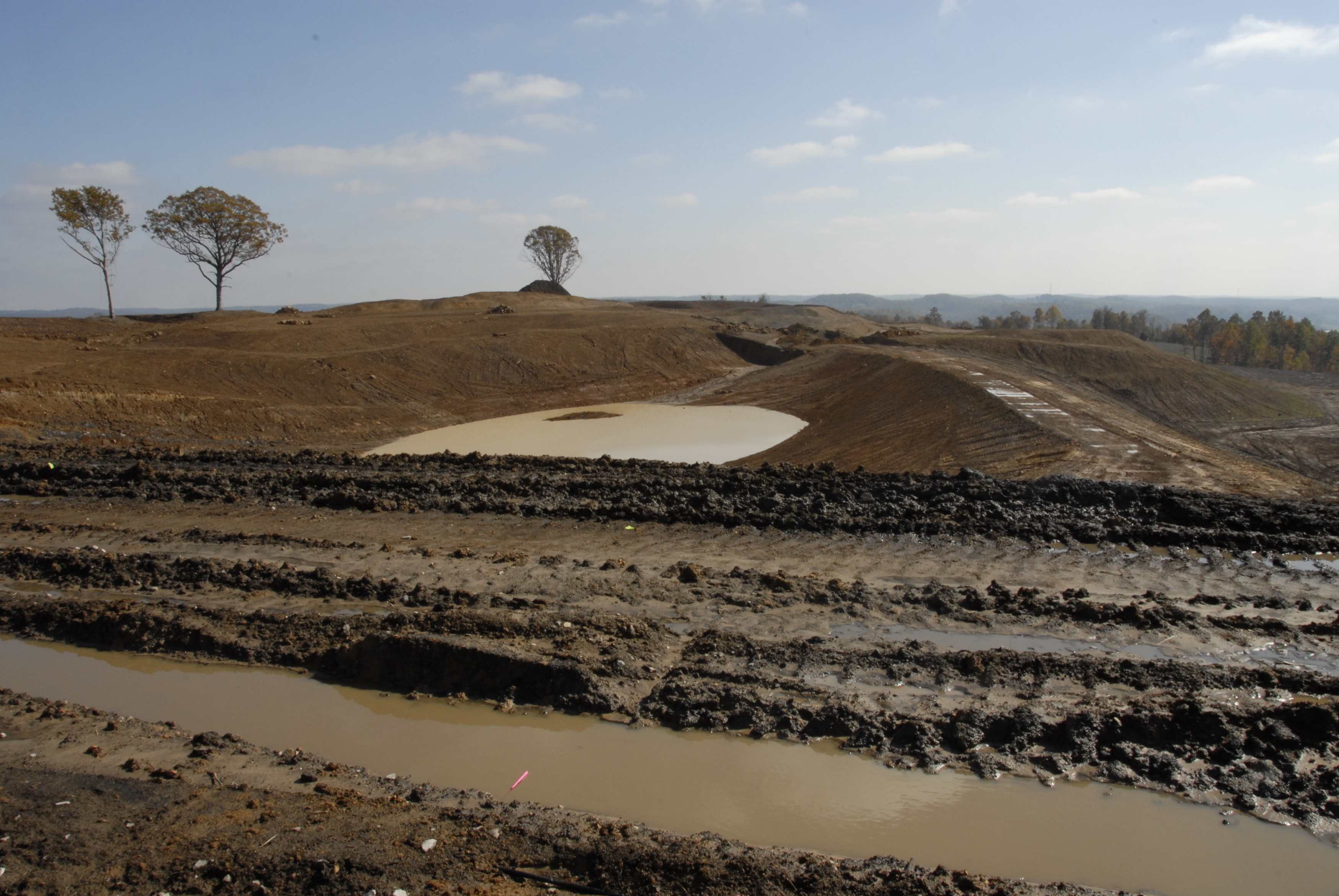
In the beginning, there was mud ... a lot of mud. (October 2006)
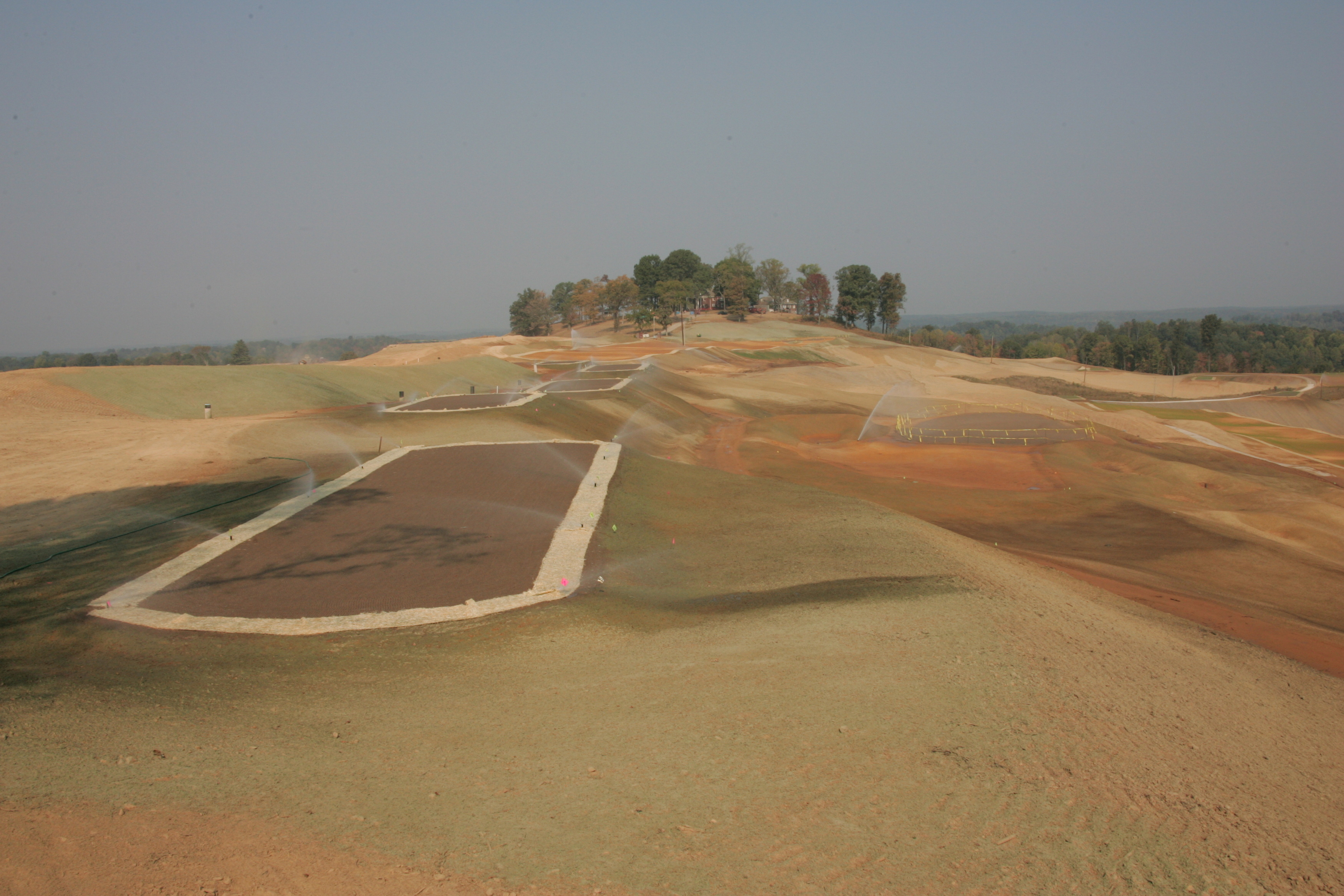
Fast-forward to September 2007, and things are starting to take shape.
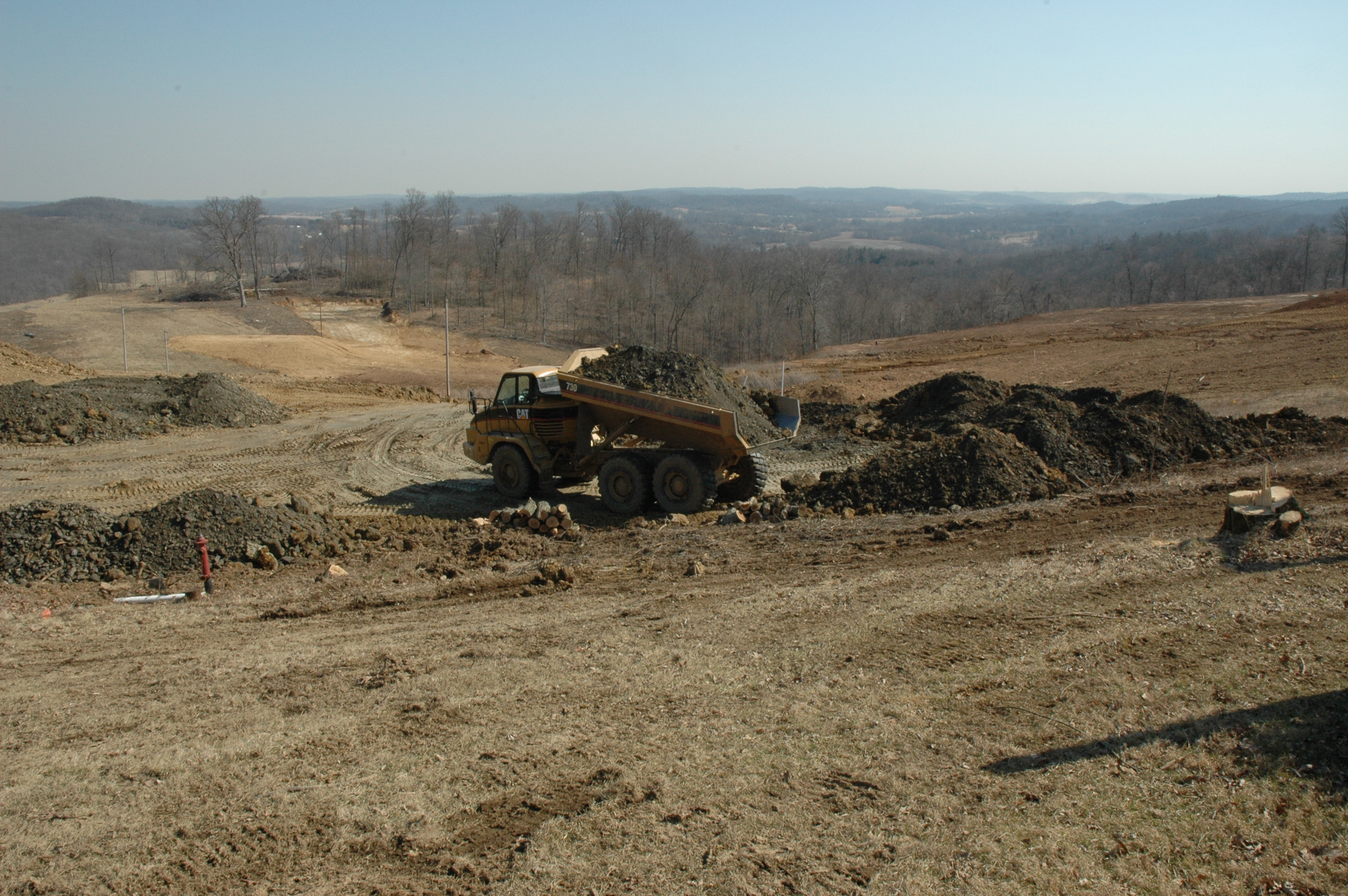
A stat that blows the mind: more than 2.5 million cubic yards of dirt were moved in the making of the course.
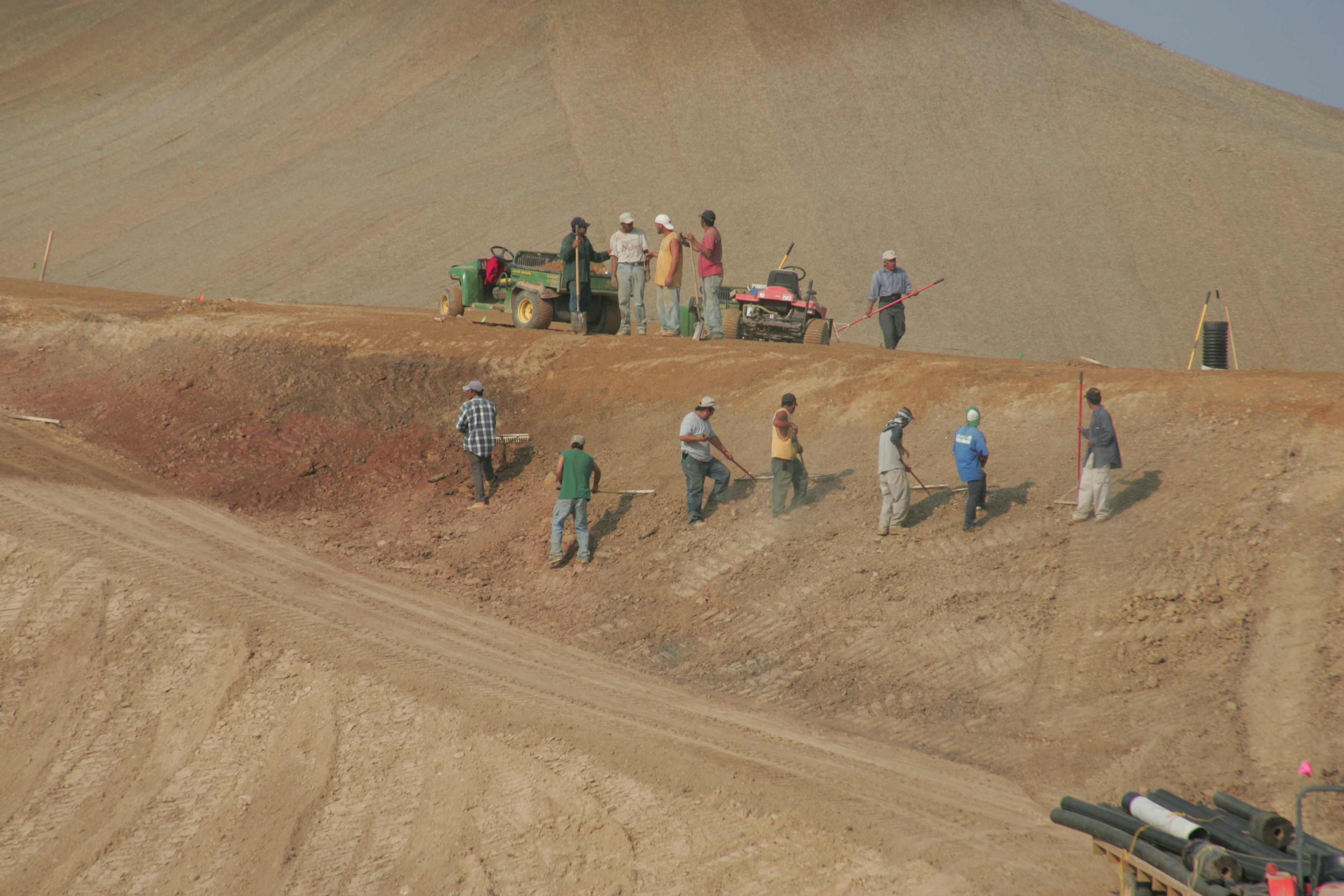
As Dye famously said, "we had to do a lot of pushin' and shovin' " to make the layout manageable for golfers on foot.
"This is without a doubt an unbelievable site compared to anything I’ve ever worked on — anyplace in the US, I’ve never had anything remotely like this," Dye said. "Here, we had such change in elevation from start to finish that all we had to do was keep fighting it to soften that elevation change so somebody can walk this golf course. There was so much area here, you could make it any length you wanted; you could make it 20,000 yards if you wanted to."
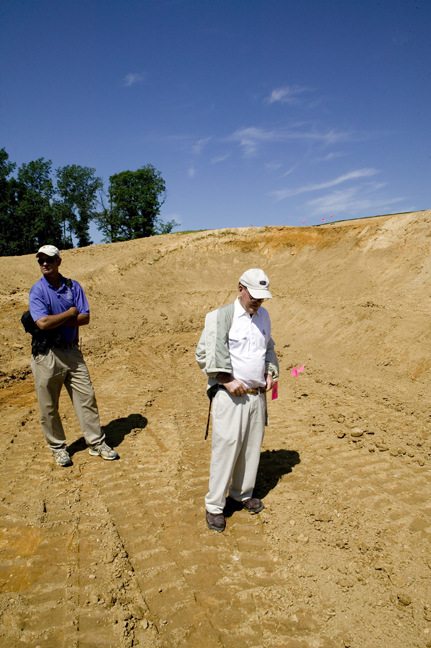
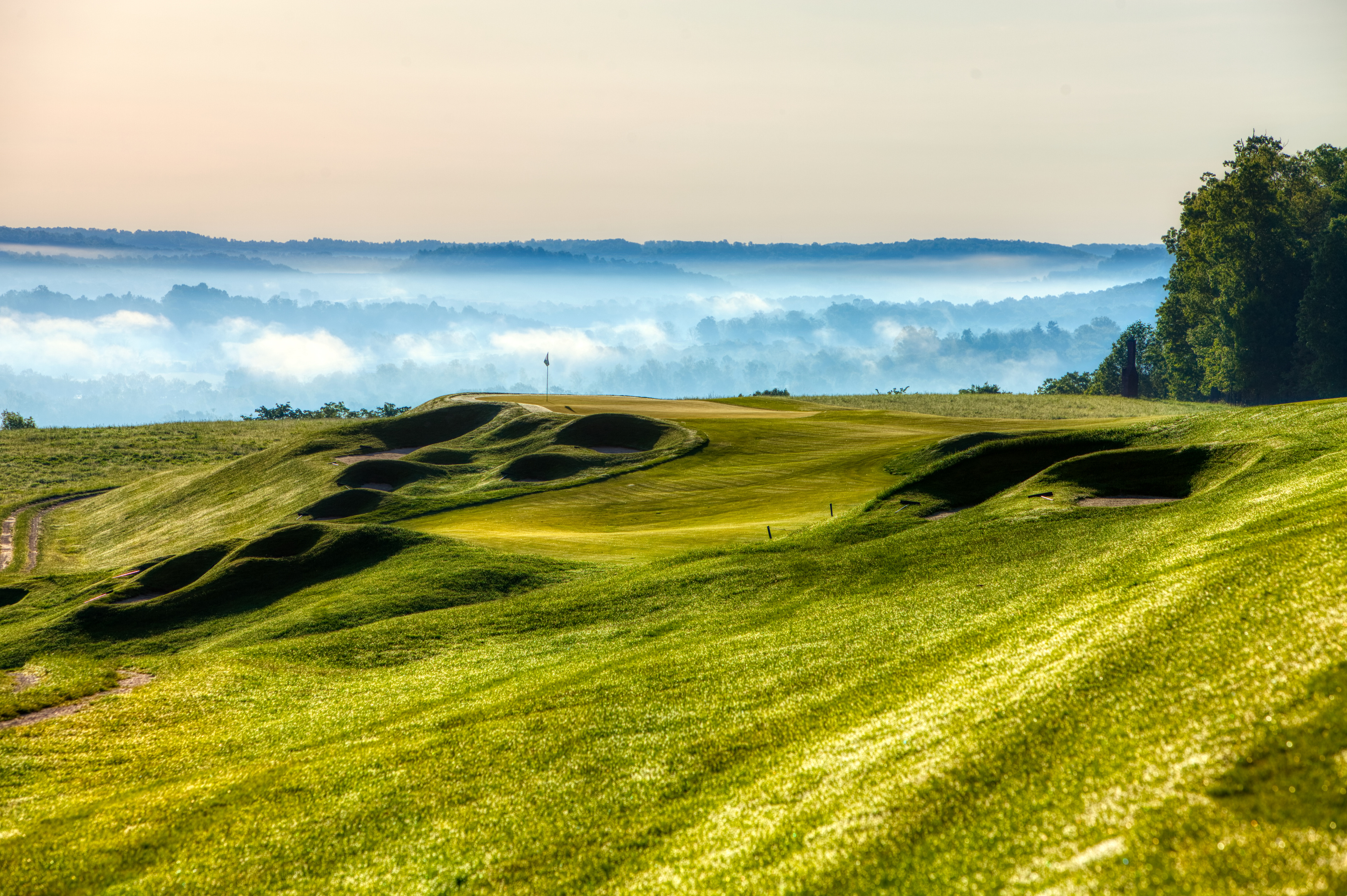
He settled for a layout that, when played from the tips, is 8,102 yards — the third-longest in the country and just 90 yards from being the longest.
Dye-abolical, for sure, but it plays at 5,151 yards from the forward tees and was designed to be manageable for the average golfer.
“Normally, I make the fairways wide. What I did out here — the first time I’ve ever done it — kept the fairways pretty narrow and have them surrounded by turf-type fescue. The idea being that this fescue could be cut short enough that Joe Q. Public can play out of it fairly easily,” he explained.
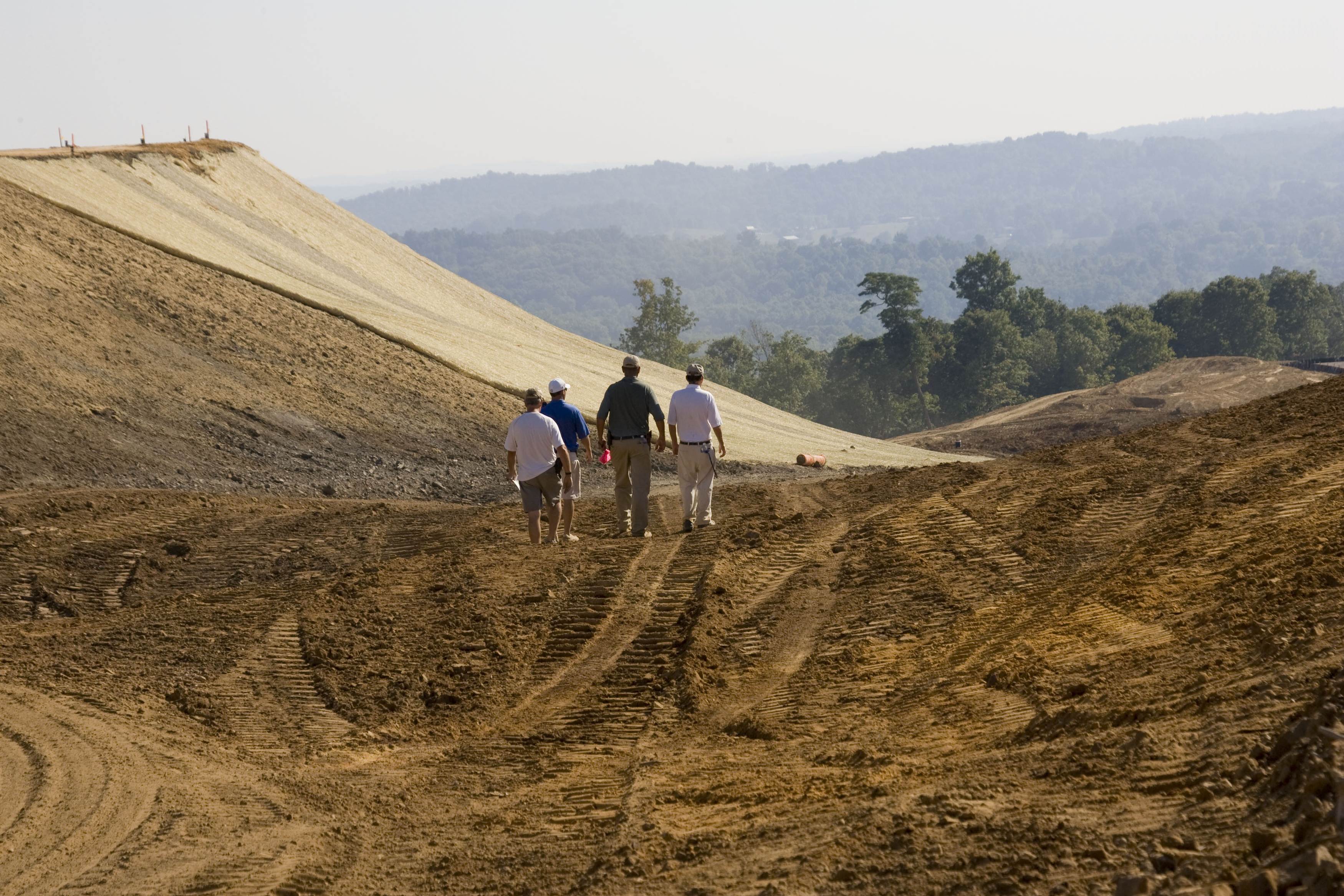
And Dye was here every step of the way through construction, ensuring his vision materialized precisely to plan.
“Pete walked the course every time he came. He’d walk it in whole order one time, and then the next time he’d walk it backward. And what he was trying to do was to see the views from all directions. He wanted to make sure he had open vistas, open views looking every direction. He wanted to walk it and be sure that he did that," said Dave Harner, French Lick Resort's Director of Golf.
"He brought a lot of different people with him to get opinions. He liked to hear what people were thinking. He brought other pros and other architects. Average players and above-average players. He was trying to make it appeal to everybody. He spoke to and listened to the heart of the golfer. ... In the beginning, I think we were looking at building the golf course to supplement The Donald Ross Course. And I think Pete when he saw the property and saw what the potential was, he moved it to the next level."
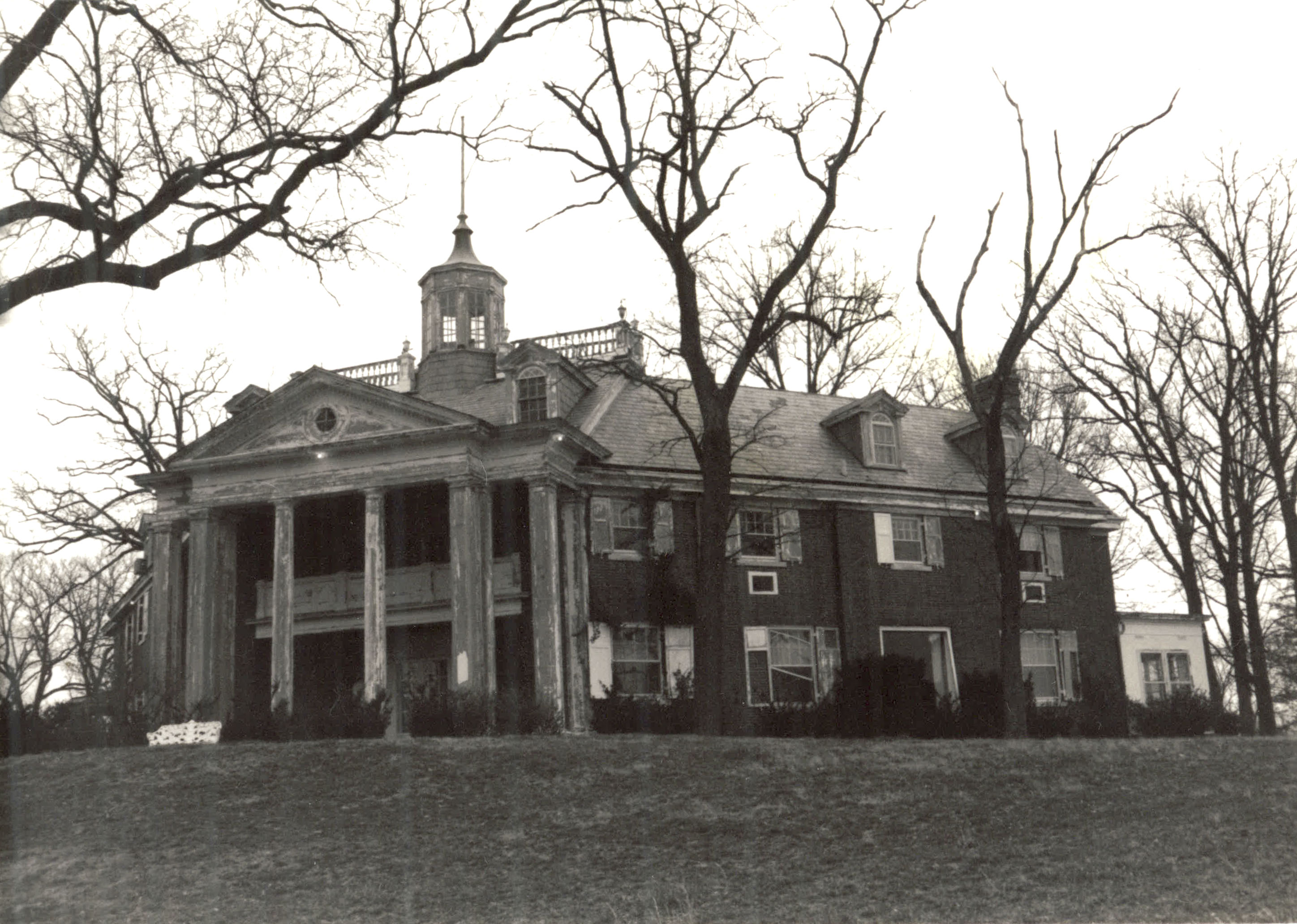
In addition to the golf course, the mansion and carriage house, which now serve as the club house, got a major refresh.

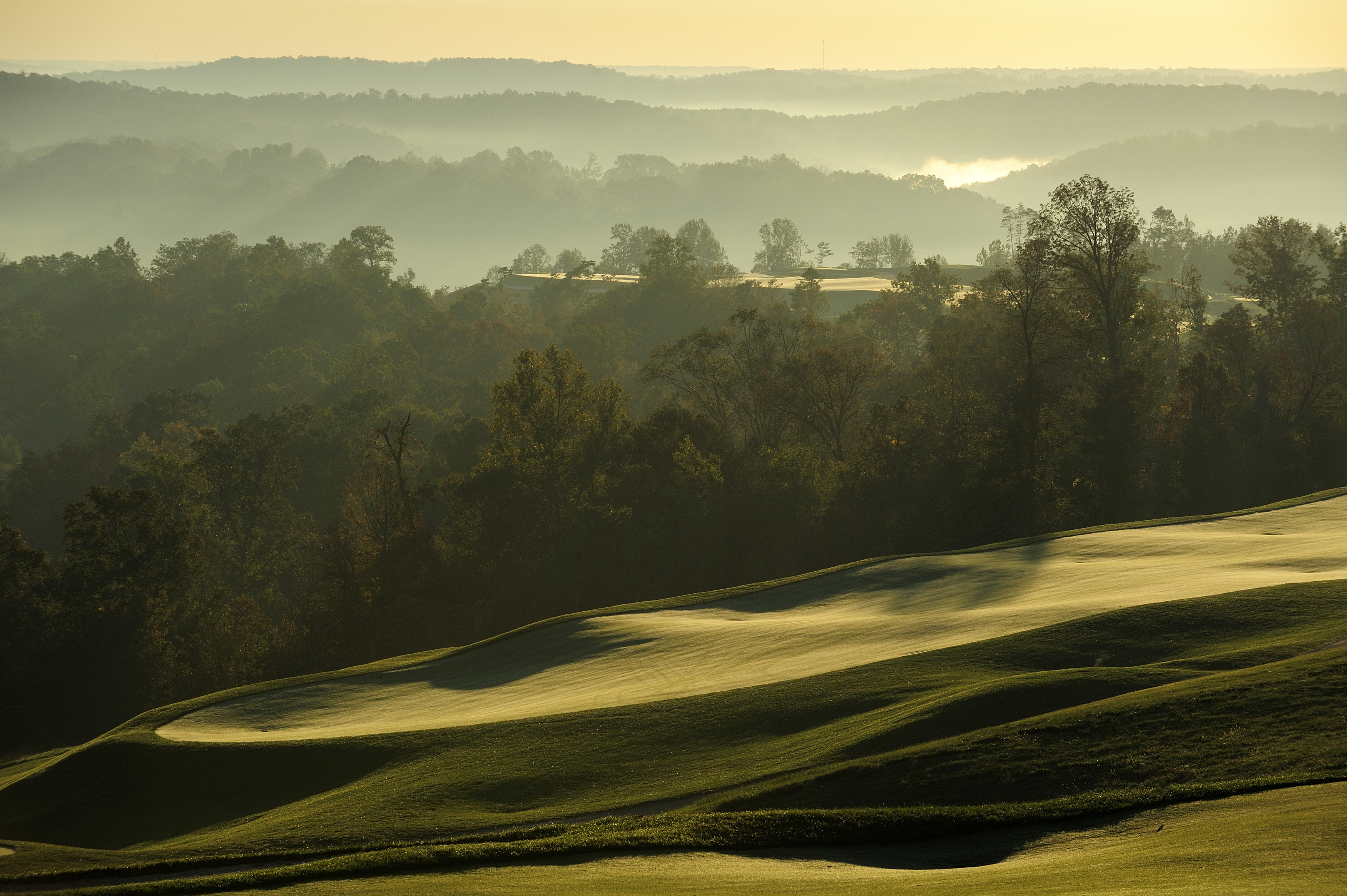
Of all the award-winning courses to his name, Dye called this "arguably the best inland site" he ever worked on, thanks in large part to the lay of the land and the area's natural beauty. He loved the fact that each hole at the course has its own identity.
"When you walk around the golf course and you can see for 30 and 40 miles and the rolling hills of southern Indiana, it’s the outside ambiance that really makes a golf course," he said. "A lot of us shoot a 90 or 100 or whatever it is, but it’s the experience you have when you play a golf course. It’s not only playing a course, but what you see. There’s so many great, long views out here that I hope the ambiance will put this golf course on the map."
Safe to say, it's firmly on the map.
Come and play a bucket-list 18 holes. Or, just stop by and soak in the jaw-dropping views. The beauty of this Pete Dye gem is that golfers and non-golfers both have the same "wow" reactions to this beauty that looks better than ever after 15 years.